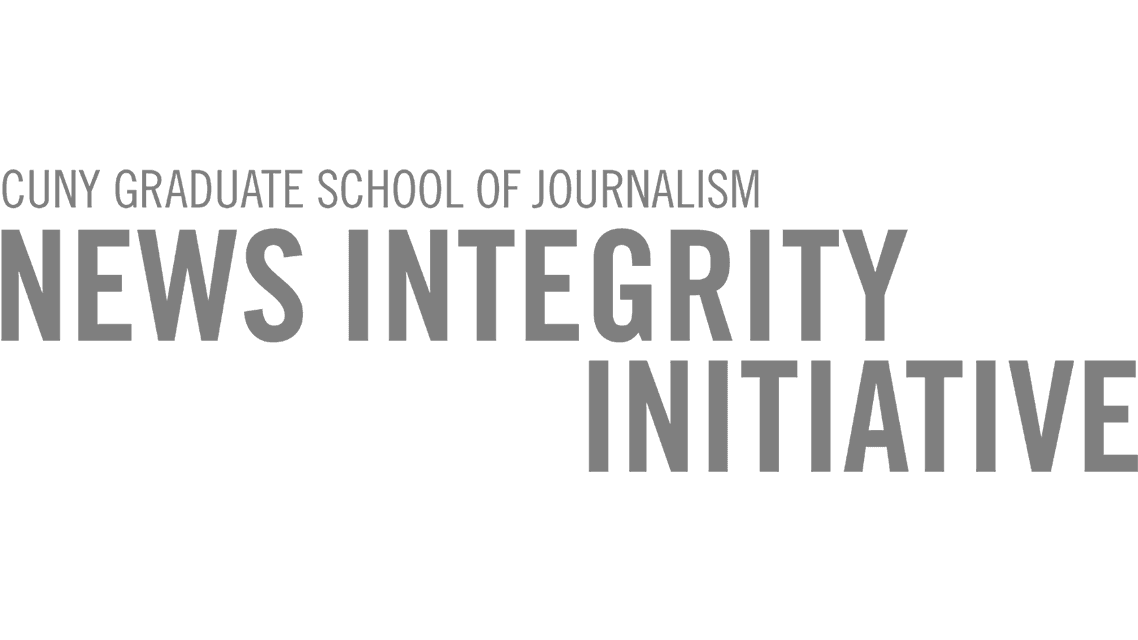
Case study
How Are We Europe uses design sprints to tell stories
In a nutshell
A workshop that took inspiration from Google’s Design Sprint methodology to produce a high-quality multimedia story with local journalists and experts in Moldova in just five days.
Background
- Are We Europe is a non-profit media collective founded in 2017 that reports on the shifting nature of European identity.
- Its aim is to support emerging creative talent in Europe and to promote the creation of pan-European stories and media initiatives.
- It has over 400 (non-paying) registered members who pitch and write for their quarterly print magazine.
- Are We Europe was founded by four Dutch friends living in The Netherlands, and recently moved its headquarters to Brussels, Belgium.
- The organisation is funded through grants and awards, complemented by a small number of one-off and monthly donations.
- Are We Europe was recently nominated for the European Press Prize Innovation Award for The Drums of Democracy, for its story about political corruption and protests in Moldova, produced using the Story Design Sprint (SDS) process.

How did they do it?
- One of Are We Europe’s core ideas is that local people are best placed to tell the stories of where they live and that a combination of perspectives creates the best possible story.
- The team wanted to produce a series called Edges of Europe, looking at forgotten regions at Europe’s borders, and chose Moldova as the first country. Financial support for the project was provided by the Dutch Journalism Fund (SvdJ).
- They decided to adapt Google’s Design Sprint methodology, a process usually employed by product teams to quickly develop functionalities or new products for users, and apply it to storytelling. You can read more about the five-day design sprint process here.
- The team travelled to Chisinau and found a number of local journalists to join them for the project: Victoria Colesnic (reporter), Ramin Mazur (photographer), Jon Donica (cinematographer), Eugen Papen (designer) and Cătălina Dumbrăveanu (editor)
- A second designer was brought in to oversee the look and feel of the final story and a second videographer shot a behind-the-scenes video of the protest (which is worth watching).
- The Story Design Sprint process looked like this:
- Day 1 – the team individually brainstormed ideas for the topic and angle of the story. Each wrote up their ideas on post-its, and some drew rough sketches. Experts, such as Vlada Ciobanu (National Democratic Institute) and Dumitru Alaiba (Moldovan MP), were invited to give short talks to provide context. The ideas were then grouped on a whiteboard and the team talked through them to see what they gravitated towards.
- Day 2 – the team ranked the story ideas and made a decision. They used a decision matrix to assess the potential impact of the chosen story.
- Day 3 and 4 – the team began gathering material. John (videographer) woke up at 5:30am to take sunrise shots of the Moldovan countryside. The group also followed four people from the #OccupyGuguta – a political movement against the government – to a protest in Chisinau. They also interviewed farmers and fishermen about issues they faced, such as immigration.
- Day 5 – the team edited and produced a prototype of the story. Ties Gijzel (editor-in-chief) and Kyrill Hartog (editor) oversaw how the different elements came together.
- At the end of the week, the team showed the video to more than 50 locals at a screening in Chisinau. They also brought laptops along for people to test the final product. Their feedback was used to improve the final product, which was published online and distributed via social media and project partners.
- The team that took part in the design sprint process were asked to complete a questionnaire about the process.

What did they learn?
- The sprint process is a good way to efficiently create impactful stories. Producing a high-quality multimedia story normally takes months, and by using this methodology, it can be done in just 7-10 days.
- The Moldovan journalists who participated found the process challenging but rewarding. John (videographer) talked about spending one-day editing something that he’d usually take a week to do. They were proud of producing a story not reflected in local or national media.
- The screening with locals highlighted some important feedback. People said they liked the combination of European and local perspectives, but they didn’t like the autoplay video so the autoplay was scrapped for the final version of the story.
In their own words
Ties Gijzel, co-founder and editor-in-chief, Are We Europe
"The sprint process is a way we hope to reach a younger audience; working with locals helps us verify the story and presents it in a compelling, digital and interactive way.”
How would you improve it?
"The workload per journalist was too much. For the next edition, we'll have a bigger team”.
Ties will be leading a workshop at Engagement Explained Live, our upcoming event for engaged journalism practitioners in Berlin on 19 June. Register to attend.
Now try it for yourself
- Michael Grant, user experience design editor at Reveal from The Center for Investigative Reporting, talks about the importance of well-designed experiments and well-rounded teams
- Priscilla Alcalde Melo, senior UX designer at the Guardian, explains how the UK news organisation co-designs digital experiences with its readers
- The FT’s IKEA-inspired toolkit allows multidisciplinary teams to produce and manage complex stories



